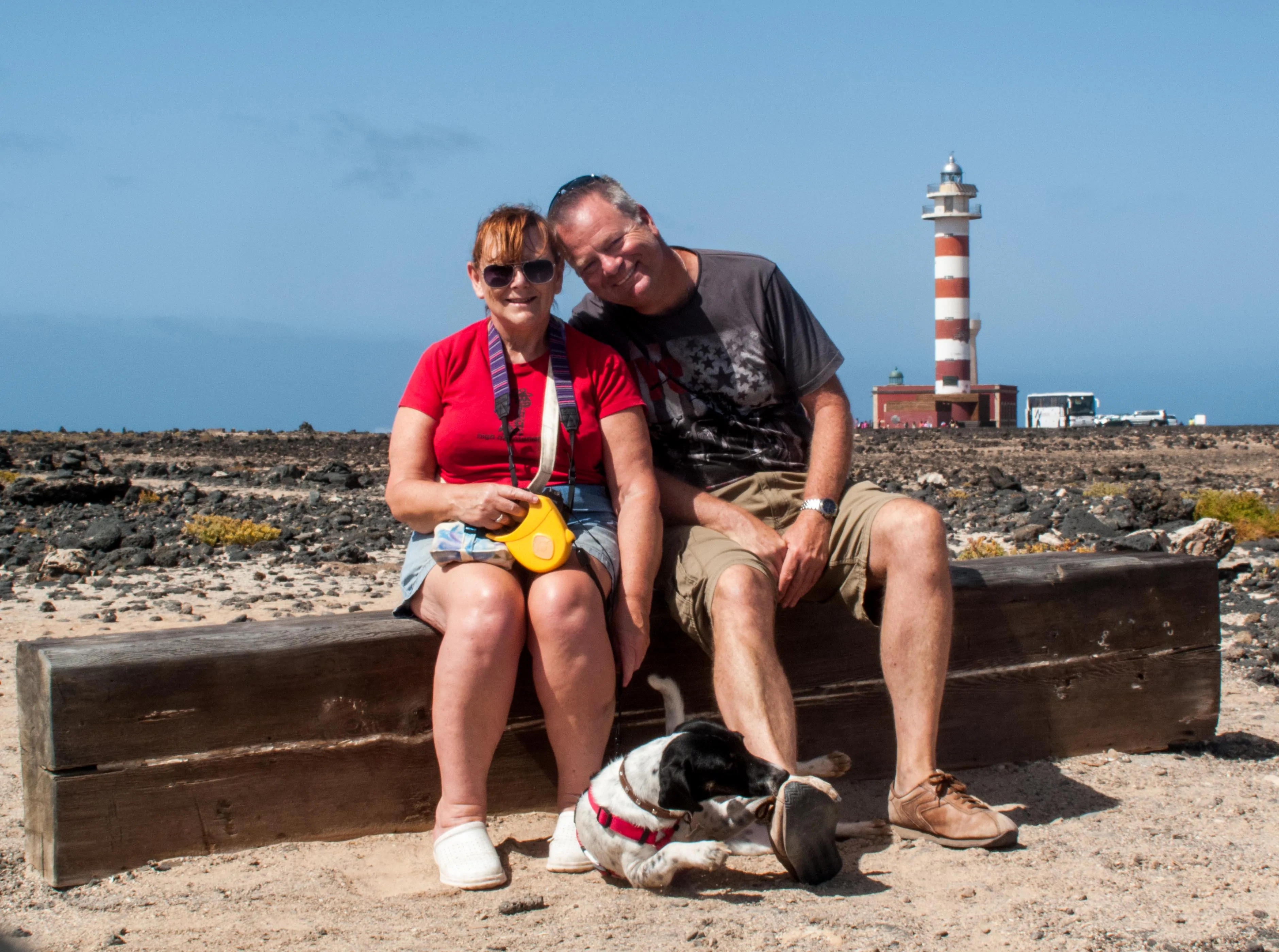Imagine stepping into a hidden paradise on the wild west coast of Fuerteventura. Aguas Verdes, a stunning stretch of natural pools, awaits your discovery.
These unspoilt gems offer a unique experience away from the island’s famous white sand beaches.

Along this rugged coastline, you’ll find six kilometres of rocky pools. Aguas Verdes means “green waters” in Spanish, hinting at the mesmerising hues you’ll encounter. As part of the Canary Islands, Fuerteventura is known for its natural beauty, and Aguas Verdes is a perfect example of the island’s raw, untamed charm.
When you visit during low tide, you can explore these natural pools, dipping in and out of the refreshing waters. It’s a world away from the bustling tourist spots, offering a peaceful retreat where you can connect with nature.
Aguas Verdes is a must-see for anyone seeking an authentic Fuerteventura experience off the beaten path.
Aguas Verdes Beach

Playa Del Valle
The beach at Aguas Verdes is called Playa Del Valle. It is a 200-metre stretch that is quite different from the white sandy beaches you might expect in Fuerteventura. Instead, you’ll find a beach covered in dark stones and shingle, strikingly contrasting with the bright blue sea.
While swimming might be tricky, Playa Del Valle is perfect for a quiet stroll or sunbathing. The beach’s rocky nature means it’s often less crowded than other spots on the island, and you can enjoy the sound of waves crashing against the shore in peace.
Family-Friendly Spots
The natural pools are a big hit with families. These shallow, calm areas are perfect for splashing about without worrying about strong waves. Your kids can explore the small sea creatures often trapped in these pools.
Pack a picnic and make a day of it! Bring sun cream and hats, as the Fuerteventura sun can be strong.

Natural Pools and Tides
Aguas Verdes offers stunning natural pools that change with the tides. These unique formations provide a fun swimming experience, but timing and safety are key.
Best Times for Swimming
Low tide is ideal for enjoying Aguas Verdes’ natural pools. As the sea retreats, it leaves calm, shallow pools perfect for a dip. Check local tide charts to plan your visit. For the best conditions, aim for about 2 hours before to 2 hours after low tide.
During high tide, waves often crash over the rocks, making swimming unsafe. This is a great time to admire the powerful ocean from a safe distance.
Mornings tend to be calmer, with winds picking up in the afternoon. Early visits might reward you with serene pools and fewer crowds.
Safety and Footwear
Water shoes are a must at Aguas Verdes. The volcanic rocks can be sharp and slippery, and a good grip will help you navigate between pools safely.
Watch out for sea urchins hiding in crevices. Stepping on one can ruin your day, so tread carefully.
Keep an eye on the waves, even at low tide. Sudden large waves can sweep across the pools. Stay alert and don’t turn your back on the sea.
Children should always be supervised. The uneven terrain and changing water levels need constant attention.
Bring plenty of water and sun cream. There’s little shade, and the sun can be intense.
Getting to Aguas Verdes
Reaching Aguas Verdes requires some planning and a vehicle. The journey offers scenic views of Fuerteventura’s rugged west coast.
Car Hire and Parking
Renting a car is your best bet for reaching Aguas Verdes. Most car hire firms are located at the airport or in major towns. Book in advance during peak season to ensure availability. A small 4×4 or sturdy hatchback is ideal for navigating the roads.
The FV-30 is the main road leading along the West Coast. You turn off to Aguas Verdes at the village of Llanos de la Concepcion. It is a paved road until you get close to the sea. Watch out for goats or other animals on the road. Parking is informal—look for a safe spot off the road near the pools.
Watch out for the huge goat farm on the right-hand side.
Travel Preparations
Pack sun cream, water, and snacks for your trip. Wear comfy shoes suitable for rocky terrain. Check the tide times before you go – low tide is best for exploring the pools. Bring a towel and swimwear if you fancy a dip. A good map or GPS is crucial, as mobile signals can be spotty in remote areas.
Remember your camera to capture the stunning views. It’s wise to let someone know where you’re headed, especially if you’re travelling solo.
Landmarks and Attractions
Aguas Verdes offers a diverse range of sights that showcase Fuerteventura’s natural beauty and rich history. You’ll find stunning volcanic landscapes, charming historical villages, and unique local wildlife.
There are several abandoned buildings along this stretch of coast, including Villa Charlotte.
Volcanic Landscape
Fuerteventura’s volcanic origins are on full display at Aguas Verdes. The rugged coastline formed by ancient lava flows will amaze you. The area’s six kilometres of natural pools, carved out of volcanic rock, are a testament to the island’s fiery past. These pools fill with seawater at high tide.
During low tide, you can explore these crystal-clear pools safely. They’re perfect for a refreshing dip or some gentle snorkelling. The contrast between the dark volcanic rock and the turquoise water is stunning.
Don’t forget your camera – the sunset views over the Atlantic Ocean and volcanic landscape are breathtaking.
Historical Villages
Near Aguas Verdes, you’ll find charming historical villages that offer a glimpse into Fuerteventura’s past. Betancuria, the island’s former capital, is a must-visit. This quaint village boasts whitewashed buildings and narrow cobblestone streets.
In Betancuria, you can visit the Santa María church, one of the oldest on the island. The village also has several small museums where you can learn about local history and culture.
Another village worth exploring is Llanos de la Concepción. This small hamlet gives you a taste of rural Fuerteventura life. Its traditional Canarian architecture and laid-back atmosphere make for a pleasant visit.
Local Fauna
Fuerteventura’s unique ecosystem supports a variety of interesting wildlife. At Aguas Verdes, you might spot some of the island’s native species.
Keep an eye out for Barbary ground squirrels. These cute, striped rodents are not native to the island but have made it their home. They’re often seen scurrying around rocky areas.
Birdwatchers will enjoy the area, too. You might see species like the Houbara bustard or the Egyptian vulture. The coastal areas are great for spotting seabirds like gulls and terns.
You can observe small fish and crustaceans in the natural pools. Remember to respect the local wildlife and avoid disturbing their habitats.

I have been holidaying in Fuerteventura for over 30 years and have been living here full time since 2013. I have a popular Youtube channel related to this website called JP in Fuerteventura




Leave a Reply